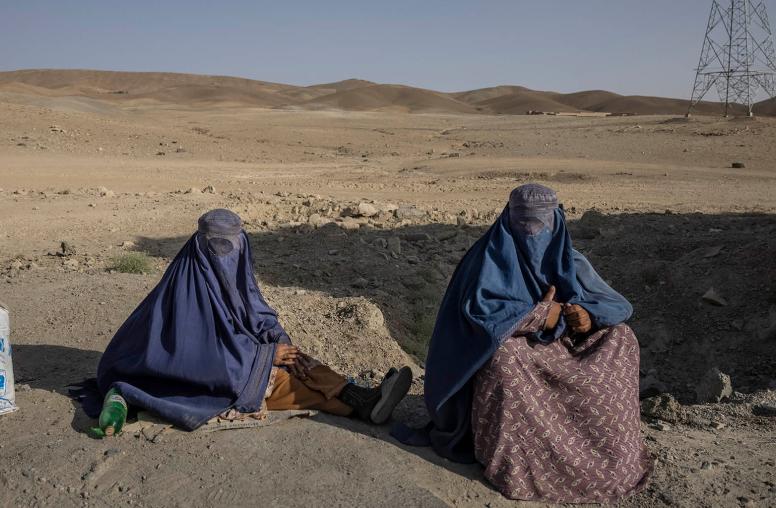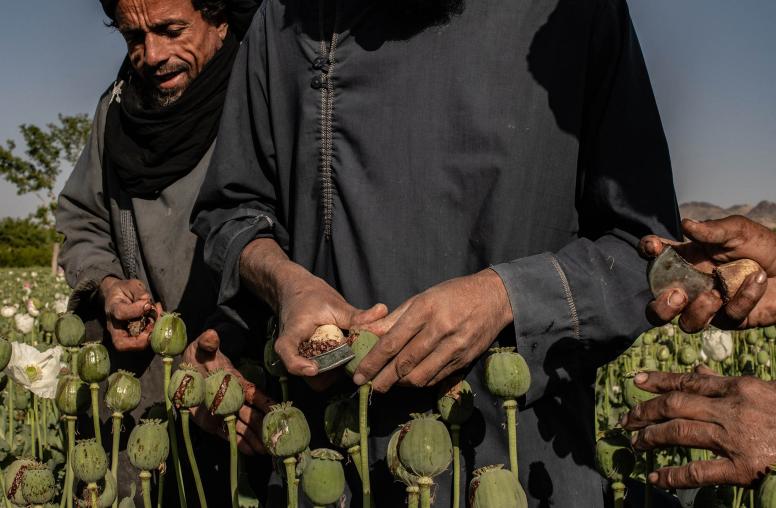Afghanistan’s Emerging Mining Oligarchy
Rich in natural resources—ferrous and nonferrous metals and strategic minerals in particular—Afghanistan faces a dual threat as international troops withdraw and international aid declines. On the one hand are inadequate government revenues. On the other is the resource curse that affects so many low-income countries. This report, drawn from case studies of five ongoing Afghan mining operations, addresses resource exploitation, its impact on the political economy and internal conflict, and possible ways forward.
Summary
- Afghanistan is rich in mineral resources, the value of which has been roughly estimated at as much as $1 trillion.
- The country may, however, be following a “paradox of plenty” path in tendering its mining sector to private investors. The risk is not insignificant.
- An unfortunate legacy of decades of internal conflict is the entrenchment and perpetuation of powerful political elites both in Kabul and in the provinces, which extends to the mining sector.
- The mining sector in Afghanistan today is characterized by irregularities and lack of transparency in the tender process, influence peddling, beneficial ownership of mining contracts by politically connected interests, unfulfilled legal and contractual requirements, and substantial loss of government revenue.
- Despite provisions in the Mineral Law of 2010 and its 2014 revision, responsible government entities have largely failed to effectively regulate and monitor the mining sector.
- Companies have not been paying their financial dues for years and generally do not meet contractual provisions for either funding local development or responding to complaints and grievances from local communities, yet continue to operate with an absurd level of impunity.
- What is needed—in sum—is to develop a strategic long-term vision, including knowledge driven development of the mining sector, more mineral processing within Afghanistan, integration with other sectors of the economy, revised and expanded legislation, a recentralized licensing system, transparency in the tender process, due diligence, a mechanism for revenue and tax collection, NEPA review, and an involved and educated civil society.
About the Report
This report addresses resource exploitation in Afghanistan’s mining sector and its impact on the political economy and internal conflict. Funded by the United States Institute of Peace (USIP) with Integrity Watch Afghanistan (IWA), the report is drawn from detailed case studies of five ongoing mining operations.
About the Author
Author Javed Noorani is an independent researcher and formerly a senior researcher at IWA. The views expressed in this report are his and do not necessarily reflect the views of USIP, which does not take policy positions, or those of IWA. Advice and support were provided by William Byrd, and comments from Scott Smith and other reviewers are gratefully acknowledged.



